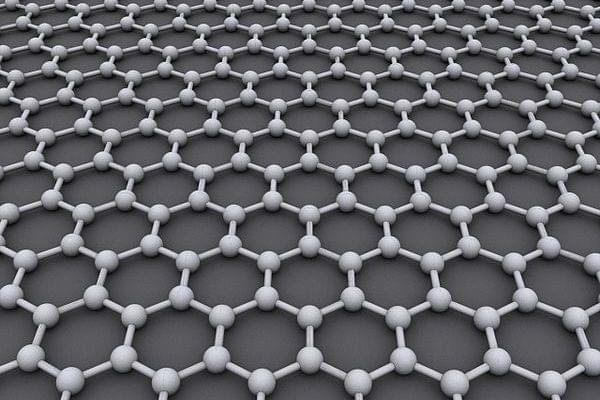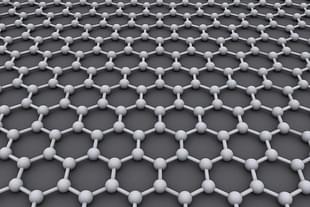News Brief
Indian Scientists' New Carbon Nanotubes Synthesis Method Offers Potential For Battery, Flexible Electronics Applications
Kuldeep Negi
Feb 13, 2024, 04:33 PM | Updated 04:33 PM IST
Save & read from anywhere!
Bookmark stories for easy access on any device or the Swarajya app.


A team of Indian scientists have developed a new method for sodium catalysed synthesis of carbon nanotubes.
Researchers at the Guwahati-based Institute of Advanced Study in Science and Technology (IASST), a research institute under the Department of Science and Technology (DST) in India, have developed a novel method for synthesising carbon nanotubes (CNTs) directly on glass substrates.
This method has potential applications in fields such as energy research, biomedicine, and optoelectronics.
Also Read: Maharashtra Government Greenlights Rs 84,000 Crore Shaktipeeth Expressway Project
Carbon nanotubes (CNTs) are pivotal in advancing modern technology by showcasing extraordinary properties.
They have found applications in diverse fields, including rechargeable batteries, flexible electronics, aerospace, transparent electrodes, touch screens, supercapacitors, and medicine.
However, traditional methods of synthesising CNTs typically involve high temperatures (1,000 degree Celsius) and the use of metal catalysts, which can be costly and environmentally challenging.
The new method, described in a study published in the Journal of Nanotechnology, utilizes Plasma Enhanced Chemical Vapour Deposition (PECVD) technology.
By operating at a lower temperature of 750 degree celsius and eliminating the need for metal catalysts, this technique offers a more cost-effective and sustainable approach to CNT synthesis.
Key factors influencing CNT growth include plasma characteristics, substrate composition, temperature, and pre-treatment.
The researchers found that sodium (Na) present in the glass substrate acts as a catalyst for initiating CNT growth.
Importantly, the sodium can be easily removed from the resulting CNTs through a simple washing process with deionised water.
Kuldeep is Senior Editor (Newsroom) at Swarajya. He tweets at @kaydnegi.





